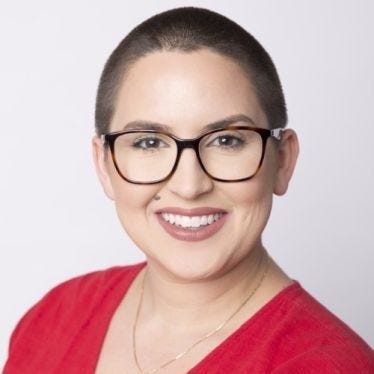The probability of food insecurity among seniors increases with time—almost threefold in a 20-year period, according to a new study.

A new study shows one-fifth of U.S. adults will experience food insufficiency at some point in their 60s and 70s (Appl Econ Perspect Policy. 2022. DOI: 10.1002/aepp.13229).
Senior hunger and food insecurity is a critical issue—and one that’s expected to grow as the population of seniors increases. By 2030, the U.S. Census Bureau predicts people over age 65 will outnumber those under the age of 18—reaching 77 million.
Aging in Place reported nearly one in six seniors is subjected to food insecurity, with food insecurity defined as lack of access to food or lack of access to nutritious food needed for good health.
Drawing on data from the Health and Retirement Study, a new study published in Applied Economics Perspective and Policy set out to understand the severity of food insufficiency among seniors over a lengthy period of time. Until now, analysis of senior hunger has reflected a single point in time.
The study included Health and Retirement Study participants born between 1936 and 1953. As part of the study, participants were asked, "In the last two years, have you always had enough money to buy the food you need?" The survey was conducted multiple times spanning several years. For each survey, participants were asked the same question covering the period following the previous survey.
Results showed the likelihood of food insufficiency in seniors over the two decades of their 60s and 70s was almost threefold that of any single point in time—22% compared to 8%.
Rate of food insecurity increased even among those who reported low rates of food insufficiency at baseline. The baseline rate of food insufficiency for college graduates increased from 3.9% to 13.2%, for example. Likewise, the baseline rate of food insufficiency for participants in excellent health increased from 3.9% to 17%.
About half of seniors who reported food insufficiency at some point during an 8-year period reported it only once. About one-fifth of those with any food insufficiency experienced it more than half the time.
“Food insufficiency is not concentrated among a small group of persistently disadvantaged elderly, but is instead a surprisingly common feature of the later life course,” the study author wrote.
Food and beverage products that target the needs of aging consumers can help them to meet nutrition standards later in life. Aging generations, and Baby Boomers in particular, also wield immense spending power, making efforts to capture their attention a worthwhile endeavor for food and beverage marketers and product developers.
Rachel Adams joined Informa’s Health & Nutrition Network in 2013. Her career in the natural products industry started with a food and beverage focus before transitioning into her role as managing editor of Natural Products INSIDER, where she covered the dietary supplement industry. Adams left Informa Markets in 2019.
About the Author(s)
You May Also Like






